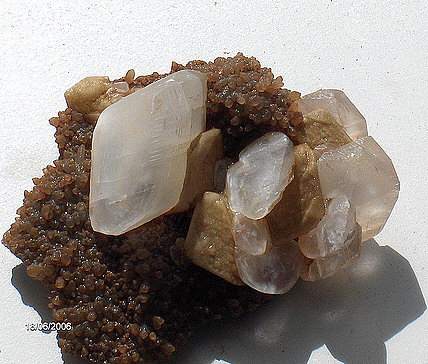

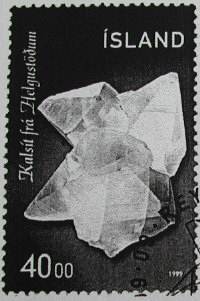
Classic doublespar crystals from Helgustadir
on a recent stamp Photo Source : Icelandic Post
Coordinates : 65°02'N , 13°50'W : Helgustadir, Outer Reydarfjördur, Central Eastern Iceland
To see the Helgustadir on Google Earth, please click here.
Historic photo of Iceland Spar cleavage rhomb splitting in a German optical company
Helgustadir is the name of a farmsite on the Northern shore
of the Reydarfjordur in the extreme East of Iceland. This deposit of
outstanding transparent calcite was discovered in the 17th century and was
intermittently mined for many decades until 1924. The transparency of the
crystals were ideally suited for the optical industry and therefore the calcite quickly
became famous as "Iceland spar" and its marvelous crystals were rapidly
distributed among the leading European scientists of that time. The initial
concepts of double refraction and crystal cleavage planes were first discovered
on calcite crystals from this site and led to a far better understanding
of crystal physics. Hence Helgustadir is one of those classic sites,
which started mineralogy as a serious science.
The calcite crystals, which are accompanied by small tufts of stilbite
crystals reach a size of several meters. RÖSLER (1981 : Lehrbuch der Mineralogie) quotes a maximum
size of 6 x 2 m , but dont give any more details. Other authors describe
7 x 7 x 2 m large crystals. A crystal of 230 kg is said to be on display
in the exhibition of the Museum of Natural History in London.
Today there remain large dumps of the former mining activity, whereas
the mine as such is most of the year filled with snow and more or less inacessible.
It is still possible to find small scattered cleavage pieces of double spar
calcite on the dumps, especially after periods of heavy rain, which is not a
rarity in Iceland. However collecting in this mine is forbidden by law, as Helgustadir
was declared a national heritage site in 1975.
Helgustadir Iceland Spar in a Nutshell :
7 x 7 x 2 meter confirmed
Hydrothermal crevice fillings in basaltic rock of tertiary age, possibly partly pneumatolytic
Open air, the mine pit is often inaccessible due to snow conditions. Dumps of former mining activity. A famous place of great importance to the history of natural sciences
Strange enough, scientific interest in the Helgustadir site
ceased almost completely in the 20th century. The most modern
literature survey about the Helgustadir site and its influence
on the scientific community was recently compiled by
Dr. Leo Kristjansson who works at the Geophysics Department
of Iceland university. His work and a lot of other related publications on Iceland Spar can be found on his website here
Snow filled Helgustadir mine site in April
Photo : Mr. L. Kristjansson
Inside the old quarry on a rainy day. Photo : Mr. L. Kristjansson
Slightly weathered calcite crystals from the Helgustadir mine
Photo : Flaviano, on www.flickr.com
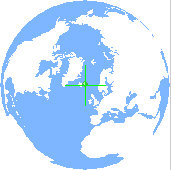
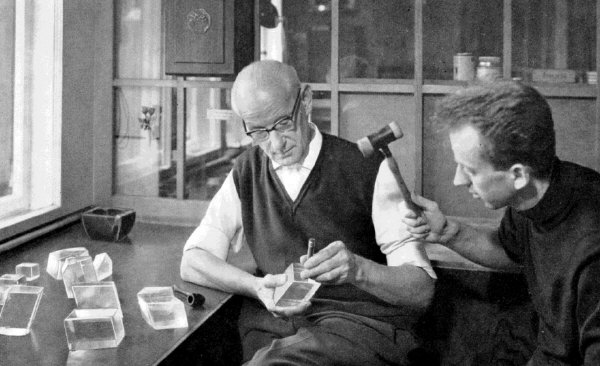
Mineralogy :
Calcite with minor zeolites
Maximum Crystal Size :
Geology & Origin :
Current status :
Remarks :
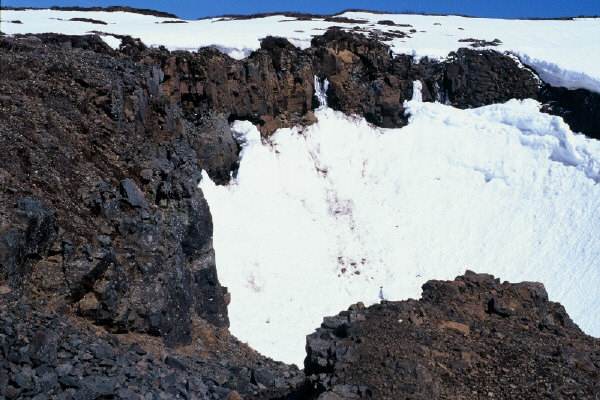
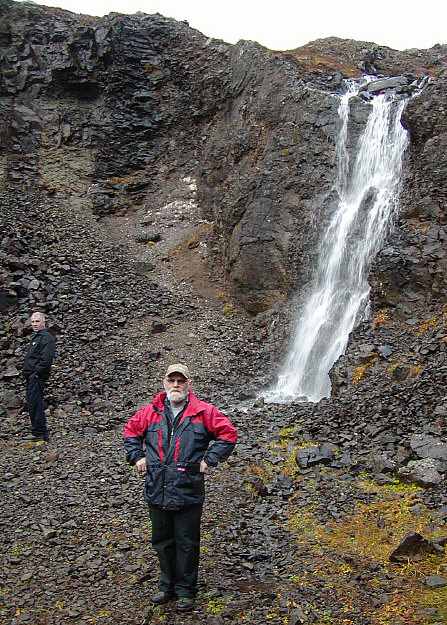
Note the white remains of the calcite vein
